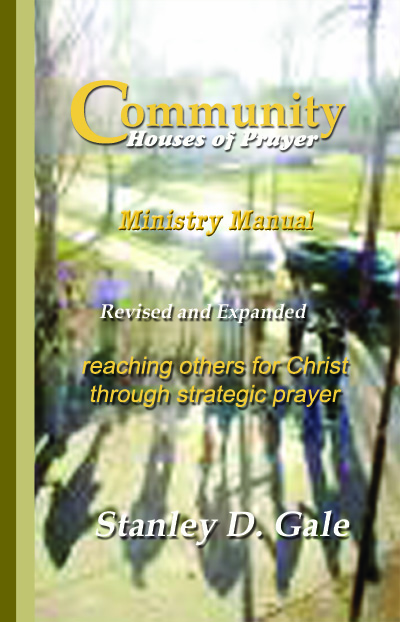-
Discovering the Fountain of Life: the gospel for the ages (2)
Adapted from Chapter Nine, “The Vanity of Strength and Beauty” from Making Sanity Out of Vanity: Christian realism in the book of Ecclesiastes by Stanley D. Gale (EP Books, 2011)
Pursuing the Fountain of Youth
Youth is a good thing, the picture of strength and vitality. Often, young people cannot imagine death. They believe themselves to be invincible. But we know that’s not true. Even legitimate youth disappoints, let alone the manufactured youth of cosmetics and cosmetic surgery that are nothing more than a coat of paint on the old car.
There’s nothing wrong with keeping yourself in shape. There’s nothing wrong with sprucing things up. When my son was in high school, he and I visited Senegal. What struck us both was the dusty and drab overall feel of the place.
One of the things that impressed me amidst the shades of drab was the beauty of the women. Many were tall, dark and statuesque. But it was the way they dressed that stood out to me. Against their dreary surroundings these women wore bright, flowing dresses, and walked erect and graceful in their display. We see this as good to take the edge off of life that can be filled with death and decay. It won’t solve anything but it will be a bright spot, like flowers at a funeral.
Youth is nothing but a point on the continuum of aging. The 18-year-old who seemed old to the ten-year-old himself regards thirty as ancient, until he reaches that age. How many of us have changed our threshold for what is “old?” Life in this world is the descent into decline, tempered by euphemisms like “golden years,” measuring age by whatever “years young.”
Youth and aging are on the same continuum of, as the writer of Ecclesiastes call it, “chasing after wind.” The writer observes: “So if a person lives many years, let him rejoice in them all; but let him remember that the days of darkness will be many. All that comes is vanity.” (Eccl. 11:8) The word “vanity” carries the sense of futility and frustration.
Rejoice in your days, making the most of them. Travel while you can. Fill your scrapbook with memories. Check off your goals of visiting every state. But be assured that you will experience pain and loss and emptiness, as the river of life flushes into the basin of death. Dr. 90210 might help with the wrinkles and the sagging, but you can’t stop yourself from wearing out. The steady trek to the grave continues unabated.
Ecclesiastes gives picture after picture of the movement from youth to old age, like a couple celebrating 50 years of marriage might pull out their wedding album to see what was. The house that was so new and beautiful starts falling apart, while life goes on around it. You go to someone’s funeral; all the while the traffic rushes by and the world does not seem to notice. It will be no different at your funeral. The world will not stop. The clothes you bought once new are now worn and tattered and ready for Goodwill. The strong man stoops with age and the eye grows dim. The tennis champion who held high the trophy of his conquest, now can barely shuffle to center court. The woman who wrote books, was in demand on the speaking circuit, the embodiment of competency, now in the grip of Alzheimer’s no longer recognizes her own husband.
And then there is the terminus itself, the end of the line for everyone—death, the only thing that can really stop the aging process. Taxes might be avoided but death stands alone as the certain fate under the sun, faced by pagan and believer alike, God-hater and God-fearer, human and animal. Death does not discriminate; it is an equal opportunity destroyer.
As God fashioned man, male and female, from the dust of the ground, so he formed the beasts of the field and the birds of heaven, and with them, man returns to the dust. We minimize the finality of death with stories of OBEs (out-of-body experiences), describing a welcoming light or being resuscitated to return to the land of the living. But that’s not death. Death is final. Death is inevitable, like the gaping mouth of the grave, we all move toward its precipice. Some find themselves closer to its edge than others; some closer than they realize. People say that fingernails grow after death, but that’s just an illusion as the flesh around them shrivels up.
One of the sailors who accompanied Christopher Columbus on his second voyage to the New World was a man named Juan Ponce de Leon. He heard many stories of a magical water source. People called it the “Fountain of Youth” and said that drinking its water kept a person young. Ponce set out in search of this water source. He believed he finally discovered its location. In 1513, his government-funded voyage took him to Florida. He founded a colony, but he never found the fountain of youth. That search continues to this day under the sun, whether through the surgeon’s knife, the myriad of medications, the latest miracle cream, or the rigors of just staying in shape to make the most out of the days we have, eager to hear the comment, “You don’t look a day over… [your age minus ten years].”





